ROOM: The Space magazine is one of the major magazines on space exploration, technology and industry. At ROOM, we share a common goal – advancement of peaceful space exploration for the benefit of humankind, all while bringing you comprehensive articles on a variety of trending topics. Our authors include experts and industry leaders from all over the world, which lets us bring you the most up-to-date and detailed information about hubble space deep field.
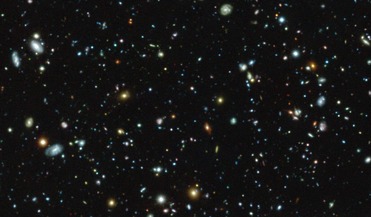 29 November 2017
Deepest spectroscopic survey completed of the Hubble Ultra Deep Field
29 November 2017
Deepest spectroscopic survey completed of the Hubble Ultra Deep Field
...most extensively studied areas of space. The original and now iconic HUDF images were at the time (over 13 years ago) pioneering deep-field observations taken with the NASA/ESA Hubble Space Telescope. And since then,... 13 instruments on eight telescopes have observed the field covering nearly the complete electromagnetic spectrum ...
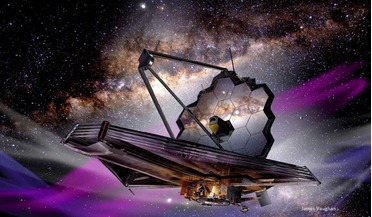 May 2022
Essential guide to the James Webb Space Telescope
May 2022
Essential guide to the James Webb Space Telescope
... the visible spectrum, deep into the infrared - invisible to Hubble but exactly poised for JWST. Another motivation for selecting an infrared space telescope comes from our recent advances in the field of exoplanets; worlds orbiting..., amounting to 3800 hours. Two projects will spend 150 hours using MIRI to explore the Hubble Ultra-Deep Field. Hubble stared at this almost empty patch of sky in the constellation Fornax for 11.5 days, revealing...
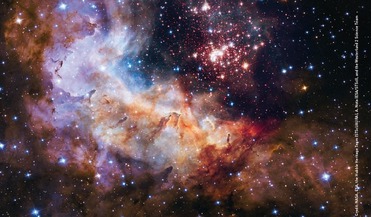 June 2015
Hubble’s 25th Anniversary
June 2015
Hubble’s 25th Anniversary
...observations taken by the Advanced Camera for Surveys. The Pillars of Creation Credit: NASA, ESA/Hubble and the Hubble Heritage Team This image shows the Eagle Nebula’s pillars as seen in visible light, capturing ...nearly 10,000 galaxies is the deepest visible-light image of the cosmos. Called the Hubble Ultra Deep Field, this galaxy-studded view represents a “deep” core sample of the universe, cutting across billions of light-years. The snapshot ...
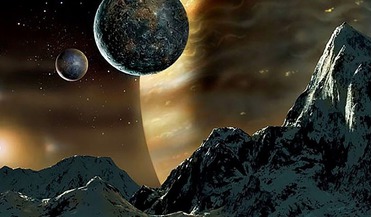 March 2016
Why We Need Space Artists
March 2016
Why We Need Space Artists
... that now we have even more). The first group were pioneers; they were the first in their field and had nothing to work with but their own knowledge, observations, intuition and talent. They include... and steaming thermal areas that seemed like the gates of Hell itself. In deep space - the province of stars, nebulae and galaxies - even the Hubble Space Telescope and developments in terrestrial observing have not superseded but only provided...
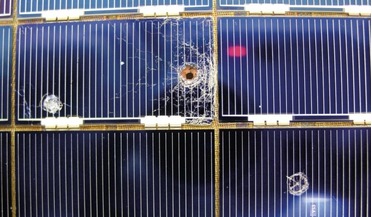 February 2021
Space archaeology - preserving our orbital heritage
February 2021
Space archaeology - preserving our orbital heritage
...to the regulations) but now awaiting the inevitability of atmospheric drag and gravity to take effect. The Hubble Space Telescope - cultural as well as scientific icon. Harvest option The threat posed by debris within the ...than just providing a list of items is the method by which we might assess such objects. In the fields of archaeology, heritage and museology, specific criteria are used to vet the quality and suitability of an object...
 February 2022
Revolution and responsibility: the challenges of space
February 2022
Revolution and responsibility: the challenges of space
...the twenty-first century. Surrounded by stars - this starfield, captured by the NASA/ESA Hubble Space Telescope’s Wide Field Camera 3 and Advanced Camera for Surveys, contains the globular cluster ESO 520-21 (also ...the United Arab Emirates (in 2020) officially expressed support for NewSpace companies that intend to commercialise this field of space activities. What will happen tomorrow to the principle of non-appropriation, to the notion of common...
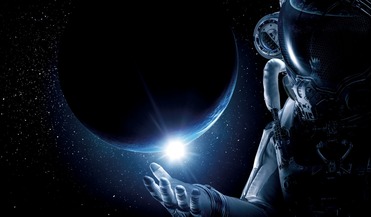 January 2023
Original Sin - Power, Technology and War in Outer Space
January 2023
Original Sin - Power, Technology and War in Outer Space
...Russian military convoy approaching Ukraine’s capital Kyiv on 28 February 2022. The era of ‘astropolitics’ as a specialist field of study and activity has long since arrived. Astropolitics refers to the political aspects of any activity in or...part originally designed and funded to meet the Pentagon’s and the Intelligence Community’s needs. The Hubble Space Telescope is an adapted KH-11 spy satellite that simply looks to the cosmos rather than down...
 February 2020
Preserving our space heritage
February 2020
Preserving our space heritage
...we would wish to preserve as important parts of our space heritage in some kind of space museum? Save our satellites Scientific satellites such as the Hubble Space Telescope (HST) have contributed enormously to our understanding ... to the latter question is perhaps an easier one to address. Scientific satellites such as the Hubble Space Telescope (HST) have contributed enormously to our understanding of the universe and are surely worth preserving...
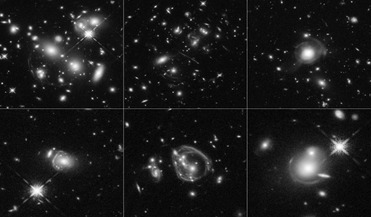 07 June 2017
Rare, massive, starburst galaxies captured in detail by Hubble
07 June 2017
Rare, massive, starburst galaxies captured in detail by Hubble
... bends and magnifies the light of fainter, more distant background sources. Utilising this natural magnifying lens in space, Hubble has revealed what appears to be a tangled network of misshapen objects, but in reality is an attribute...practically impossible to observe in visible light. They're also very rare: they don't appear in any of Hubble's deep-field surveys. They are in random parts of the sky that nobody's looked at before in detail. That...